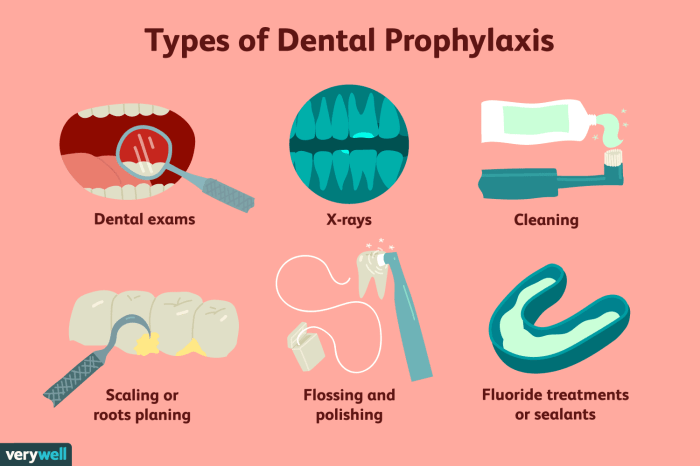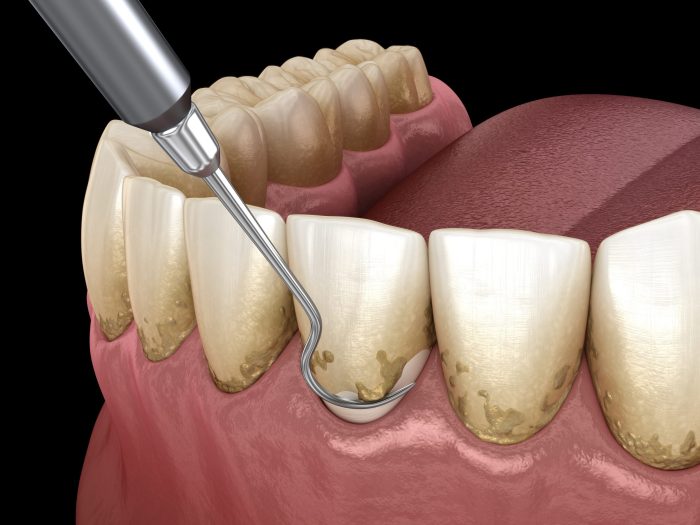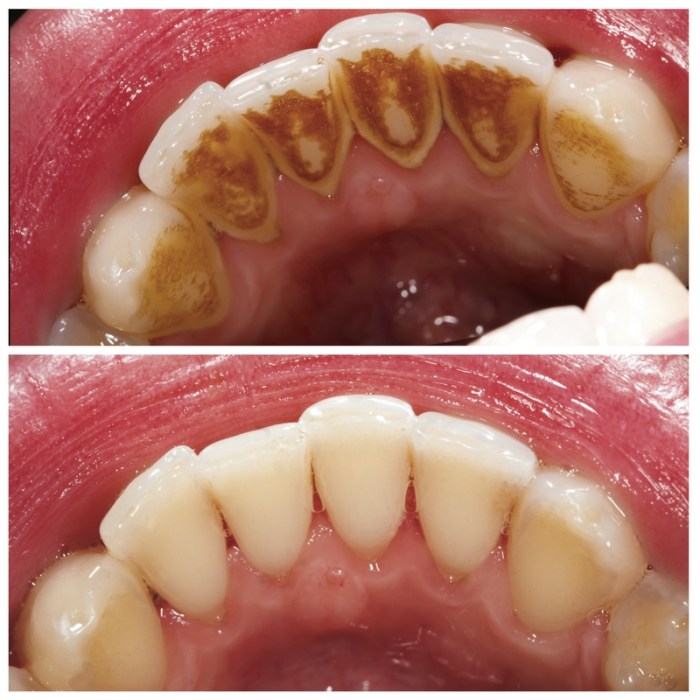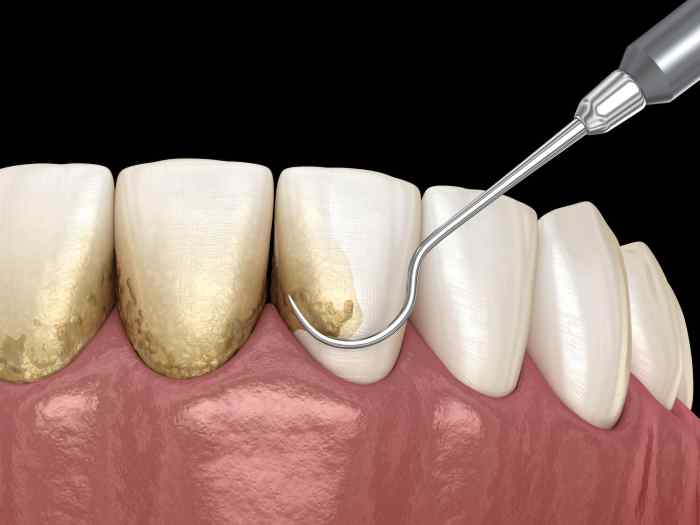Explain the difference between a prophylaxis and coronal polishing, delving into the nuances of each technique to provide a comprehensive understanding of their distinct purposes and applications in maintaining optimal oral health.
Prophylaxis, a fundamental aspect of dental hygiene, involves the removal of plaque and calculus from tooth surfaces, while coronal polishing focuses on refining the enamel surface, removing stains and enhancing aesthetics. Together, these procedures play a vital role in preventing dental caries and promoting periodontal health.
Definition of Prophylaxis and Coronal Polishing

Prophylaxis, also known as dental cleaning, is a preventive dental procedure that involves the removal of plaque and calculus (tartar) from the teeth. It is typically performed by a dental hygienist or dentist and is an essential part of maintaining good oral health.
Coronal polishing is a specialized procedure that follows prophylaxis and focuses on smoothing and polishing the surfaces of the teeth, removing stains and enhancing their appearance.
Purpose and Objectives
The primary purpose of prophylaxis is to prevent cavities and gum disease by removing plaque and calculus, which can harbor bacteria that cause these conditions. Coronal polishing, on the other hand, aims to improve the aesthetics of the teeth by removing stains, reducing surface roughness, and enhancing their overall appearance.
Methods and Procedures
Prophylaxis involves the use of specialized instruments, such as ultrasonic scalers and hand scalers, to remove plaque and calculus from the teeth. It also includes polishing the teeth with a gritty paste to remove surface stains and smooth the enamel.
Coronal polishing is typically performed using a rotating brush or polishing cup with a fine abrasive paste to further refine the tooth surfaces and remove any remaining stains.
Benefits and Outcomes
Regular prophylaxis helps prevent cavities and gum disease by removing plaque and calculus, reducing the risk of these conditions. Coronal polishing improves the appearance of the teeth, removing stains and enhancing their overall aesthetics. It can also reduce the risk of decay by smoothing the tooth surfaces and making them less susceptible to plaque accumulation.
Comparison and Contrasts
Both prophylaxis and coronal polishing are important dental procedures that contribute to maintaining good oral health. Prophylaxis focuses on removing plaque and calculus, while coronal polishing focuses on improving the appearance of the teeth. Prophylaxis is typically recommended every six months, while coronal polishing can be performed less frequently, as needed.
Additional Considerations, Explain the difference between a prophylaxis and coronal polishing
Regular professional dental cleanings, which include both prophylaxis and coronal polishing, are essential for maintaining good oral health. It is also important to practice good oral hygiene at home, such as brushing twice a day, flossing daily, and using mouthwash, to complement professional treatments and maintain optimal oral health.
Questions and Answers: Explain The Difference Between A Prophylaxis And Coronal Polishing
What is the primary purpose of prophylaxis?
Prophylaxis aims to remove plaque and calculus from tooth surfaces, preventing the development of dental caries and periodontal disease.
How does coronal polishing differ from prophylaxis?
Coronal polishing focuses on refining the enamel surface, removing stains and enhancing the aesthetics of teeth.
Are both prophylaxis and coronal polishing necessary for good oral health?
Yes, both procedures are important for maintaining a healthy and aesthetically pleasing smile. Prophylaxis removes harmful plaque and calculus, while coronal polishing enhances the appearance of teeth and reduces the risk of future staining.


